Non-Fiction
Here you can read articles and research papers about the history of the area of the Welsh Marches where I live
What I write about
Most of my non-fiction work is about people, places and events in Ewyas Lacy, an ancient Norman Lordship in the Welsh Marches around the area where I live. It all started with the simple question – which turned out to be not so simple – of the origins of the watermill my wife and I bought when we moved here in 1995. By the time I got back to the year 1241 I had lost count of the fascinating historical rabbit-holes I had wandered down, some of which I invite you to enter below. Then the Longtown and District Historical Society approached me to work with them to build a website chronicling the evolution of the area from the ancient Welsh Kingdom of Ewias to the present day….
And the rest, as they say, is history
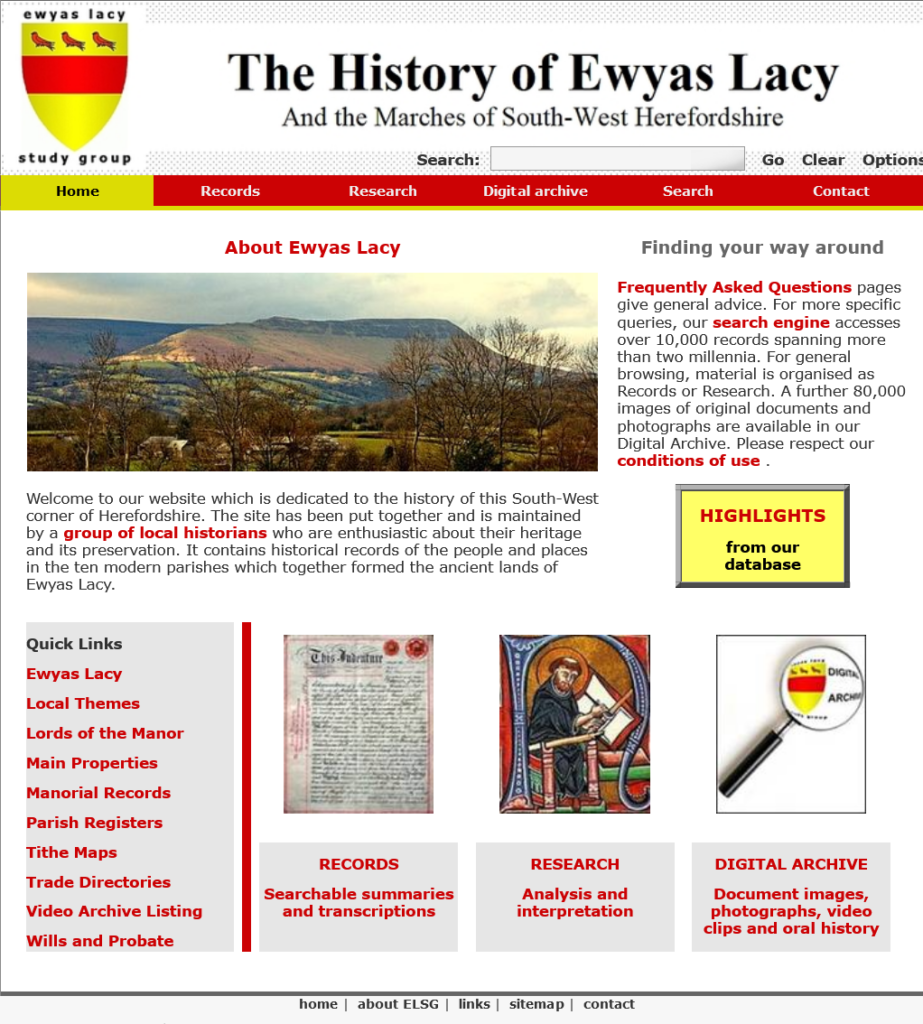
Lords of the Manor of Ewyas Lacy
The Lordship of Ewyas Lacy has a remarkable pedigree for what is today a little known and somewhat remote part of the country. During a long and frequently turbulent history the title has graced Kings and Queens of England, Bankrupts and Regicides, as well as Princes, Dukes, Earls and Barons, some bearing family names such as Mortimer, Despencer and Plantagenet that have left much wider imprints on our past.
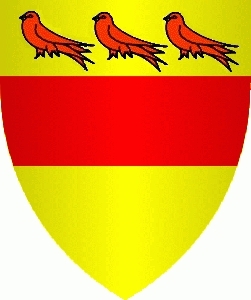
The Rise and Fall of the Golden Valley Railway
The Golden Valley was a late comer into the ‘railway mania’ of the mid nineteenth century, and the railway built there was more of a product of enthusiasm than good judgement. The line from Pontrilas to Dorstone, later extended to Hay-on Wye, was championed by many of the leading local gentry and landowners on a tide of optimism…
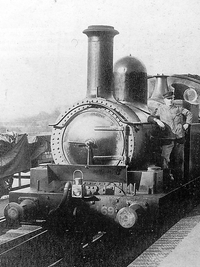
The Life and Times of Michaelchurch Mill
There has been a water corn and grist mill at Michaelchurch Escley for over eight centuries and perhaps significantly longer. Over that time it has been torn down and rebuilt many times, seen a range of owners from kings to traitors, provided a living for both local families and journeymen, and been an important factor in the economic and social development of the area. This is its story…

Ewyas Lacy in the English Civil War
On the death of his father in 1636, Sir Ralph Hopton, later Lord Hopton, first baron of Stratton, inherited the moiety of the lands and Lordship of Ewyas Lacy. Hopton was a prominent Member of Parliament and was active in the events in parliament and elsewhere that led up to the outbreak of the English Civil War. A staunch royalist, in 1642 he was declared delinquent and subsequently a traitor by Parliament at the start of the war.
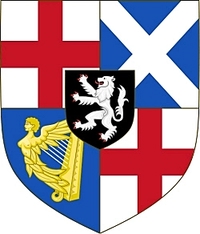
Pioneers of Green Electricity in Ewyas Lacy
Green electricity and renewable energy are often regarded as inventions of the twenty-first century. However, the reality is that carbon-free renewable power from wind and water has been used for thousands of years. Today’s labels may be fashionably different and greenhouse gases may provide a different rationale but until the beginnings of the steam age wind and water mills were the only significant sources of mechanical energy other than animal power to sustain local economies. The same natural forces could be and often were adapted to drive turbines for electricity.
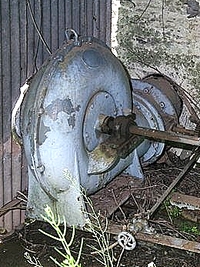
Farming in Michaelchurch Escley
There is little surviving historical information specifically dealing with patterns of agriculture in Michaelchurch Escley in times past. However, inferences can be drawn from a variety of other sources about possible agricultural practices and land usage in the parish of Michaelchurch Escley [and therefore probably more widely in Ewyas Lacy] from the late 16th Century until the mid 19th century,
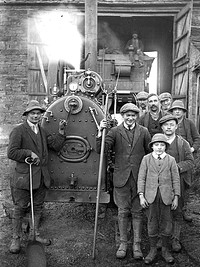
The History of Michaelchurch Court
Michaelchurch Court was the principal residence in Michaelchurch Escley for many centuries, but for most of that time it was not the manor house or Court in the literal sense. In Norman times the de Lacy Lords of Ewyas maintained their seat at Weobley. Later successive Lords of the manor also exercised their prerogatives in absentia until the early 1800s. Then, for around a hundred and fifty years, Michaelchurch Court did finally become the residence of the Lord of the Manor of Ewyas Lacy.

The Roads of Ewyas Lacy
Ewyas Lacy possesses a maze of roads, lanes, tracks and footpaths in which, even in these days of satellite navigation systems, it is still easy to get lost. Many of our lanes meander for no apparent reason, some appear to lead nowhere in particular, others tail off and become ever narrower with worrying amounts of grass growing down the centre. There are ‘green lanes’, hollow ways, drovers’ roads and unsurfaced tracks, once apparently important but now rarely visited, and footpaths whose origin, purpose and destination are sometimes far from obvious. Together they all tell the story of this area and its people from ancient times to the present day.

War and Rebellion in Wales and the Marches
Before the Normans arrived, Ewyas was part of Wales, although that did not mean that it was peaceful. On the contrary, Wales was divided into kingdoms, including Gwynedd, Powys, Ceredigion, Deheubarth, Glamorgan, Gwent and Brecheiniog, which were in constant dispute and often at open war with each other. The murder of their rulers was frequent and bloody, and it is unlikely that Ewyas escaped the conflicts, though few specific local records survive.

